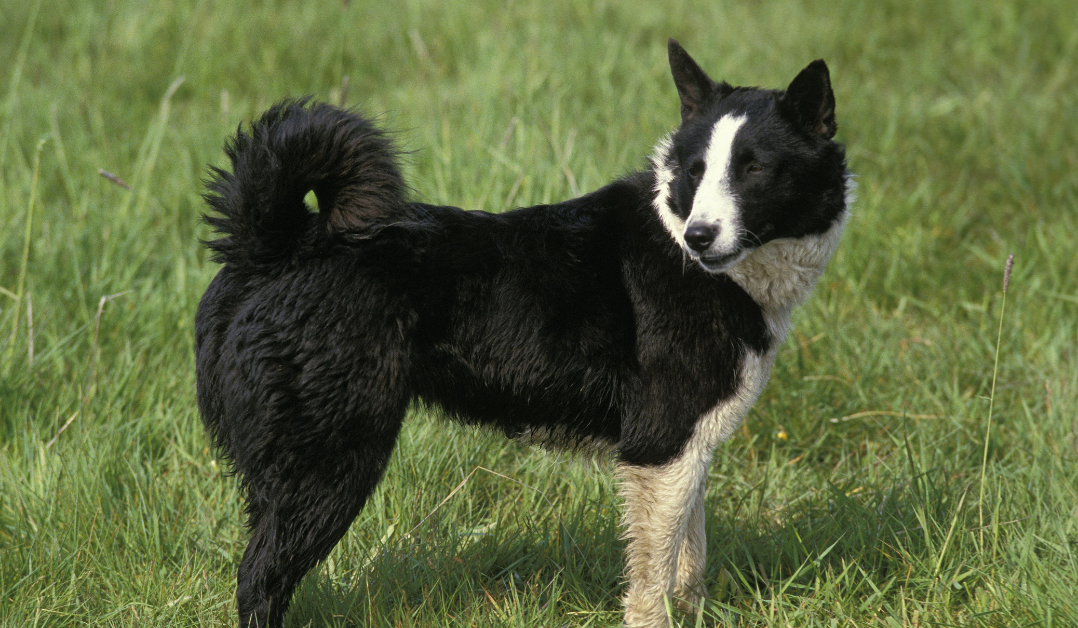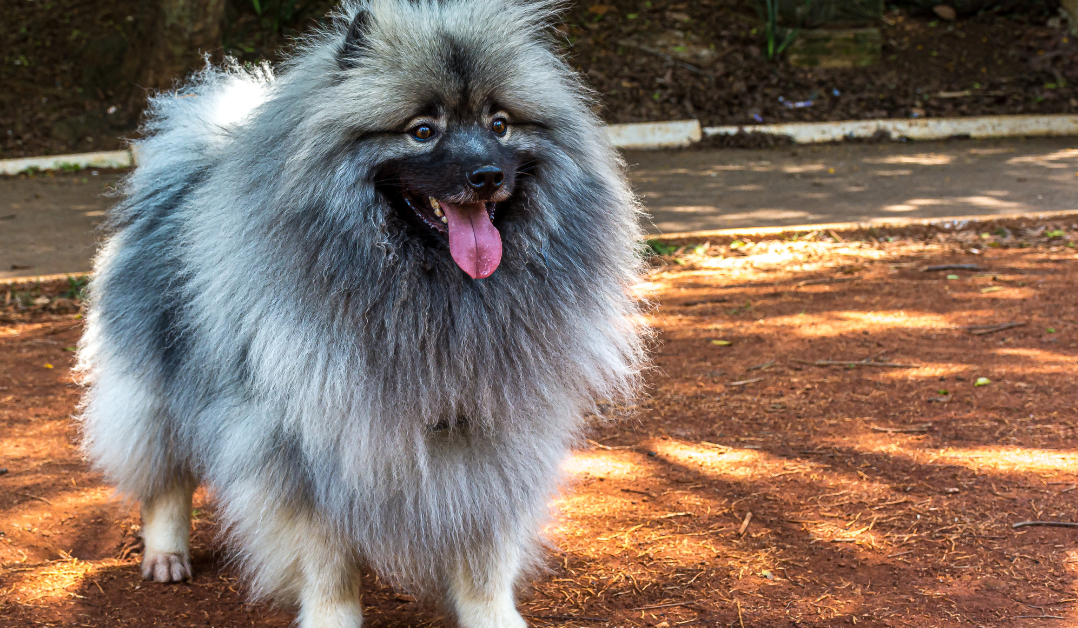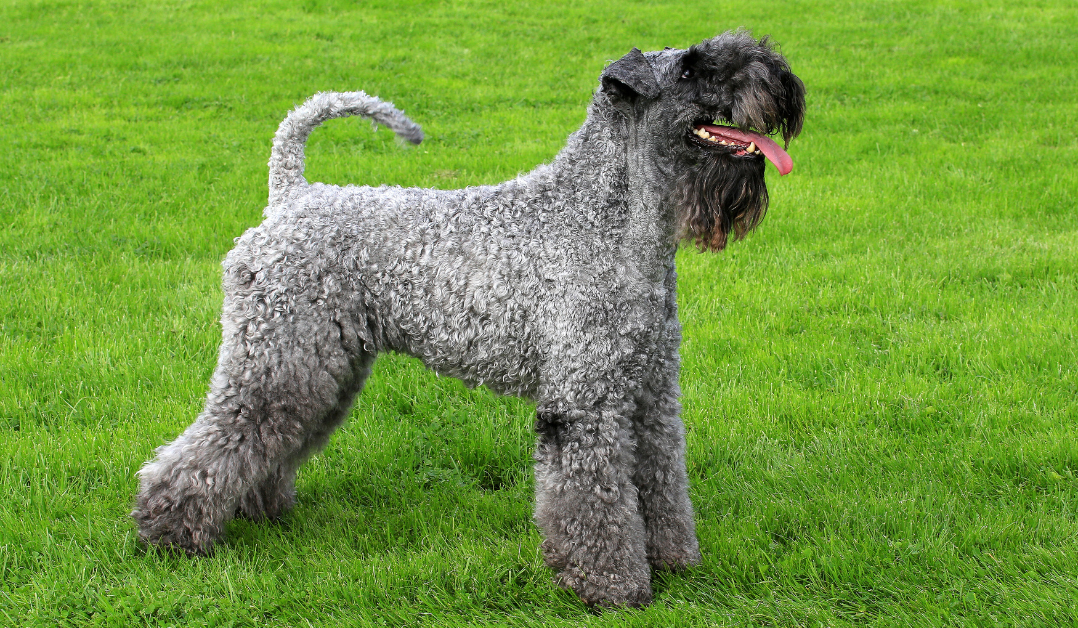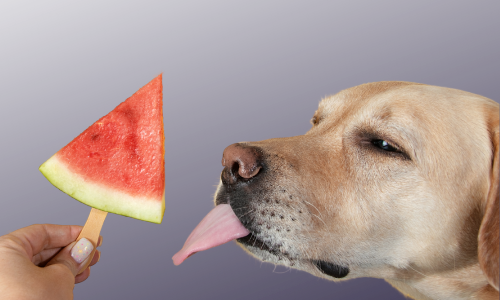The Norwegian Lundehund is a rare and unique breed known for its extraordinary flexibility and ability to climb steep cliffs. Originally bred to hunt puffins in Norway, the Norwegian Lundehund has distinctive characteristics that set it apart from other breeds.
*Disclaimer: This Post May Contain Affiliate Links. This Means That I Receive A Small Commission At No Extra Cost To You Should You Click Through And Make A Purchase. Learn More On My Policy Page
Breed Characteristics
- Breed Category: Non-Sporting Group
- Size: Small
- Coat Length: Short to medium; double coat
- Shedding: Moderate
- Hypoallergenic: No
- Grooming Requirements: Low; regular brushing needed
- Life Span: 12-15 years
- Activity Level: Moderate to high
- Temperament/Personality: Alert, energetic, independent
- Intelligence: High
- Trainability: Moderate; can be independent and stubborn
- Space Requirement: Medium; adaptable to apartment living with sufficient exercise
- Compatibility with Children & Other Pets: Good; better with older children
- Health Issues: Prone to gastrointestinal disorders, including Lundehund Syndrome
- Nutrition Needs: High-quality diet with balanced nutrients
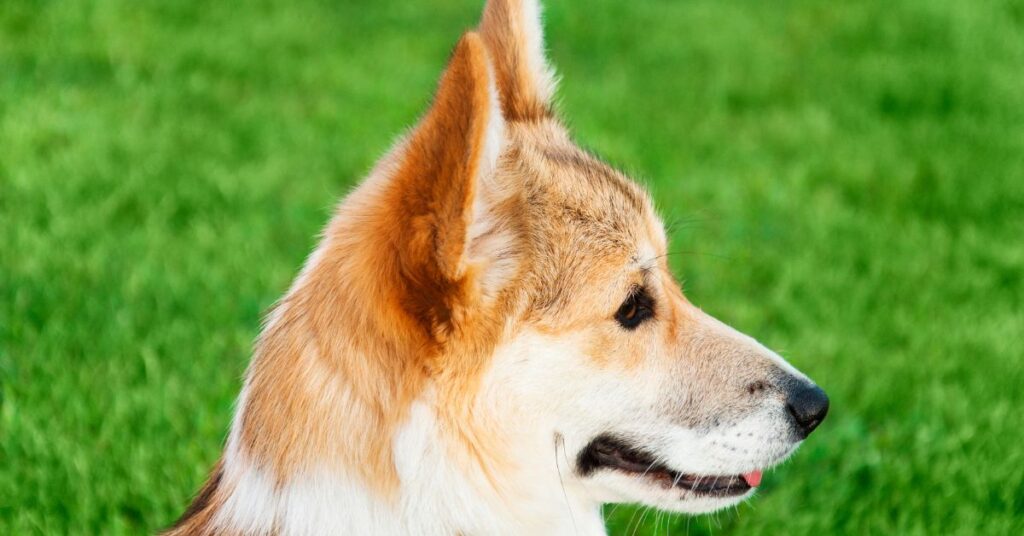
Origin and History
The Norwegian Lundehund is an ancient breed that originated in Norway, where it was used to hunt puffins on the steep cliffs of the country’s rugged coastline. The breed’s unique physical characteristics, including extra toes and exceptional flexibility, made it well-suited for this task. The Norwegian Lundehund is one of the rarest breeds in the world, and it was nearly extinct in the early 20th century. Efforts to preserve the breed began in the 1930s, and the breed was officially recognized by the American Kennel Club (AKC) in 2011.
Appearance and Physical Characteristics
The Norwegian Lundehund is a small, agile dog, typically weighing between 20 to 30 pounds and standing 12 to 15 inches tall at the shoulder. The breed has a short to medium-length double coat that is weather-resistant and comes in various shades of red, fawn, and gray, often with white markings. The Norwegian Lundehund’s head is small and wedge-shaped, with dark, almond-shaped eyes that reflect its alert and curious nature. The breed’s ears are erect and mobile, capable of folding forward or backward. The tail is medium-length and may be carried curled over the back.
Unique Physical Traits
One of the most distinctive features of the Norwegian Lundehund is its extra toes, which provide greater stability and grip when climbing. The breed typically has six toes on each foot, including two dewclaws. The Norwegian Lundehund also has exceptional flexibility in its joints, allowing it to bend its head backward to touch its spine and spread its legs outward like a gymnast. These unique physical traits were developed to help the breed navigate the steep cliffs where it hunted puffins.
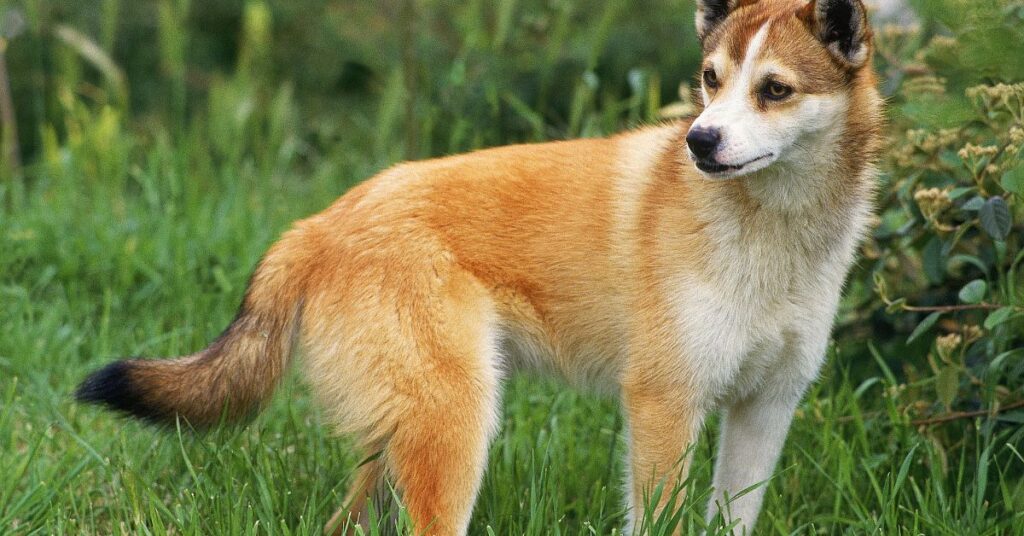
Temperament and Personality
The Norwegian Lundehund is known for its alert, energetic, and independent temperament. The breed is naturally curious and enjoys exploring its surroundings. Norwegian Lundehunds are loyal and affectionate with their families, but they can be reserved or aloof with strangers. The breed’s independent nature means it may be less eager to please than other breeds, but it is still a loving and devoted companion. Norwegian Lundehunds are generally good with children, particularly older ones who understand how to handle them gently. The breed can get along well with other pets, especially when socialized from a young age.
Intelligence and Trainability
The Norwegian Lundehund is an intelligent breed, but it can be independent and stubborn at times. The breed responds well to positive reinforcement training methods, but it may require patience and consistency due to its independent nature. Early training and socialization are important to ensure the Norwegian Lundehund develops into a well-behaved and confident adult. The breed’s intelligence and natural curiosity make it well-suited for activities that challenge both its mind and body, such as puzzle toys and dog sports. However, training should be firm and consistent to prevent any unwanted behaviors.
Compatibility with Children and Other Pets
Norwegian Lundehunds are generally good with children, particularly older ones who understand how to handle them gently. The breed’s loyal and affectionate nature makes it a good family companion, but its high energy levels mean it may be better suited to active families who can provide plenty of exercise and mental stimulation. The Norwegian Lundehund can get along well with other pets, especially when socialized from a young age, but care should be taken when introducing them to smaller animals, as they may have a strong prey drive.
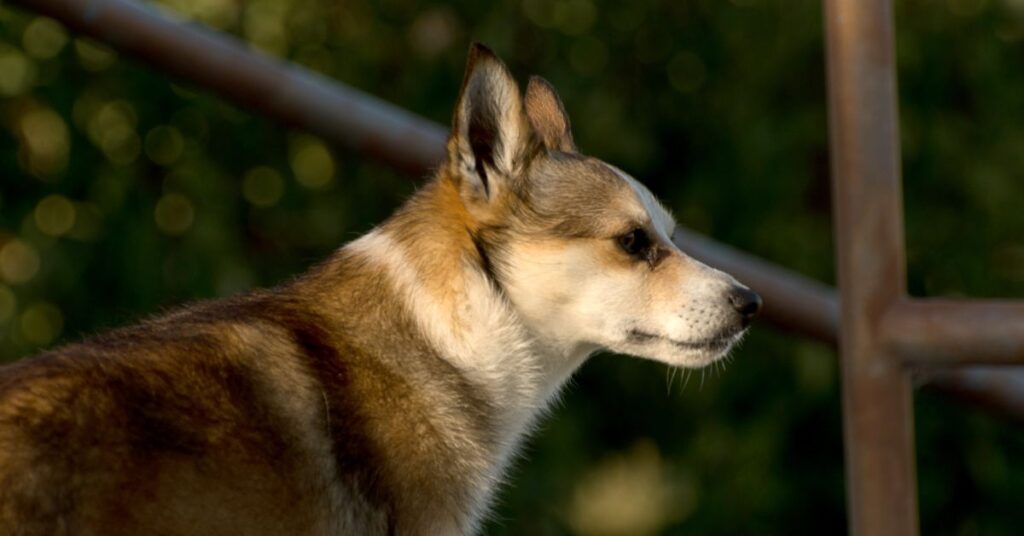
Health and Nutrition
The Norwegian Lundehund is generally a healthy breed, but it is prone to certain health issues, including gastrointestinal disorders, such as Lundehund Syndrome. Regular veterinary check-ups, a balanced diet, and proper exercise are essential to maintaining the breed’s health. Providing a high-quality diet that meets their energy needs is important, as this breed is active and requires proper nutrition to support its lifestyle. Monitoring their weight and overall health is important, as obesity can lead to additional health problems. The breed’s short to medium-length coat requires regular grooming to keep it in good condition.
Exercise and Activity Level
The Norwegian Lundehund has moderate to high energy levels and requires regular exercise to stay healthy and happy. The breed enjoys activities that challenge both their mind and body, such as exploring, playing, and participating in dog sports. Norwegian Lundehunds are well-suited for active families who can provide them with plenty of opportunities to exercise and engage in various activities. Mental stimulation is also important, as the breed’s intelligence requires engagement to prevent boredom and destructive behaviors. Daily exercise, along with play and mental stimulation, is important to keep them happy and healthy.
Grooming Needs
The grooming needs of the Norwegian Lundehund are low to moderate due to their short to medium-length double coat. Regular brushing is necessary to keep the coat healthy and free of mats, especially during shedding seasons. Bathing should be done as needed to keep the coat clean, and routine grooming tasks such as dental care, ear cleaning, and nail trimming are also important to maintain their overall health. The breed’s coat may require more frequent brushing during shedding seasons, but overall, their grooming needs are manageable.
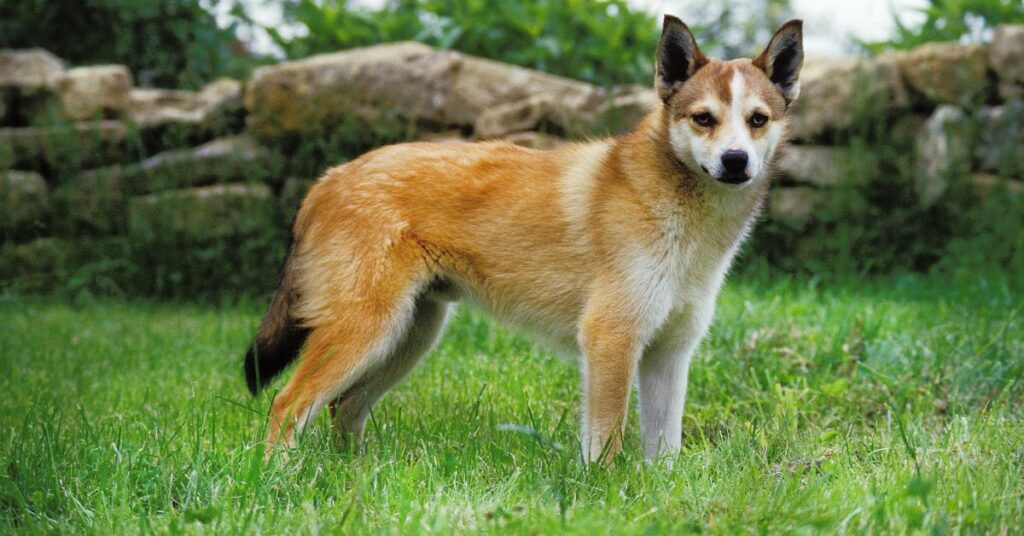
Training and Socialization
Early training and socialization are crucial for the Norwegian Lundehund. The breed is intelligent and independent, making it important to establish a consistent training routine from an early age. Socializing them with other dogs, people, and various environments helps them develop into well-rounded and confident adults. Positive reinforcement training methods work best with this breed, as they respond well to praise and rewards. The breed’s natural curiosity and willingness to explore make it an excellent choice for families and individuals looking for an active and adventurous companion.
Famous Norwegian Lundehunds
The Norwegian Lundehund is a rare breed, but it has been featured in various books, articles, and documentaries due to its unique physical characteristics and history as a puffin hunter. The breed’s rarity and distinctive traits have made it a subject of interest among dog enthusiasts and researchers.
Conclusion
The Norwegian Lundehund is a rare and unique breed that makes an excellent companion for active and adventurous families and individuals. With proper grooming, training, and care, a Norwegian Lundehund can be a loyal and affectionate member of the family. If you’re looking for a breed that combines intelligence, energy, and distinctive physical traits, the Norwegian Lundehund may be the perfect choice for you.








